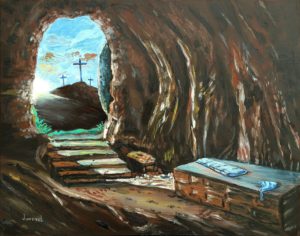
Kairos Podcast Series 8: Biblical Anthropology, Death and Resurrection (BADR Part 6)
Questions: Are the testimony of the eyewitnesses and the historical records in the NT credible? What criteria are used to evaluate the credibility of the NT accounts of the resurrection?
Aristotle’s dictum – Benefit of doubt must be given to the document itself, not arrogated by the critic to himself – listen to the text first & not simply assume fraud or error unless proven factual inaccuracies.
1. Variety of sources: multiple attestations
A variety of sources in the New Testament testify to the empty tomb: Matthew 28:11–15 (the M material special to Matthew); Mark 16:1–8; Luke 24:1–12; John 20:11–18.
There is a complex unified story shared between the gospels even though the authors wrote their respective accounts based on data gathered from different witnesses.
2. No legendary accretions. No developed theological reflection points to accounts situated in the early phase of Christianity. Evidence of honesty and integrity of witnesses– No glossing over disciples’ weaknesses, women as central witnesses to the Resurrection.
3. Pointers to authenticity – austere records, natural cohesion – the witnesses unintentionally confirm, corroborate one another. The gospels display incidental undesigned coincidences.
You can view the video at – Authenticity and Coherence of Gospel Witnesses – The Resurrection Evidence is Well-Founded.

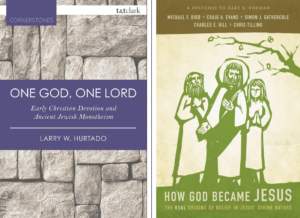
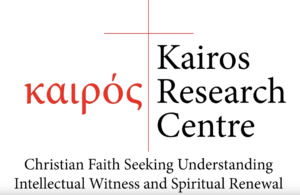
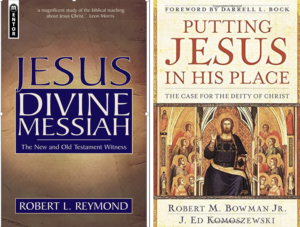 Orthodoxy and Heresy in Earliest Christianity
Orthodoxy and Heresy in Earliest Christianity
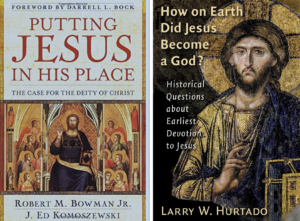 Question: How did the apostles and early Christians come to believe in the deity of Christ?
Question: How did the apostles and early Christians come to believe in the deity of Christ?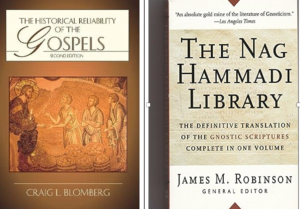 Question: But critics like Elaine Pagels & Bart Ehrman argue that this traditional history of orthodoxy is skewed because it grants greater authority to the canonical gospels and ignores the other (gnostic ) gospels. Why do you think the canonical four gospels provide more accurate historical information about Jesus than the gnostic gospels?
Question: But critics like Elaine Pagels & Bart Ehrman argue that this traditional history of orthodoxy is skewed because it grants greater authority to the canonical gospels and ignores the other (gnostic ) gospels. Why do you think the canonical four gospels provide more accurate historical information about Jesus than the gnostic gospels?